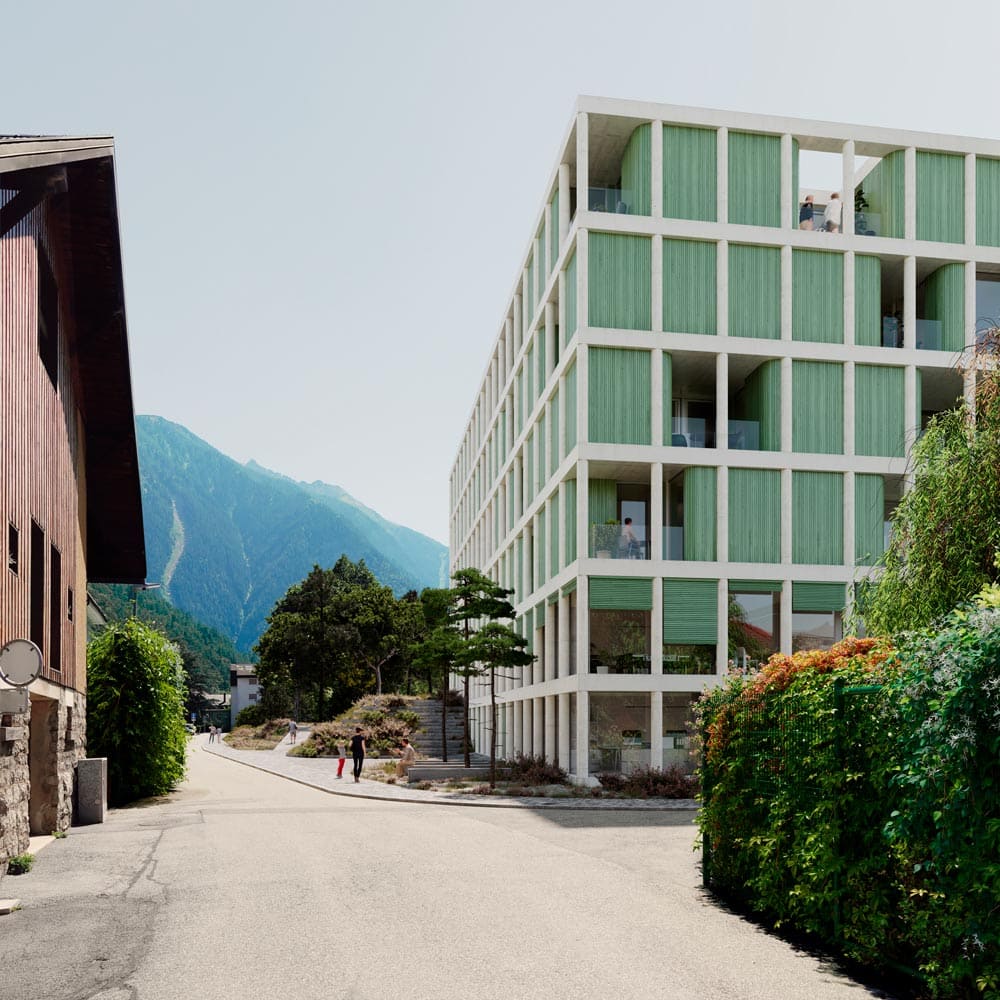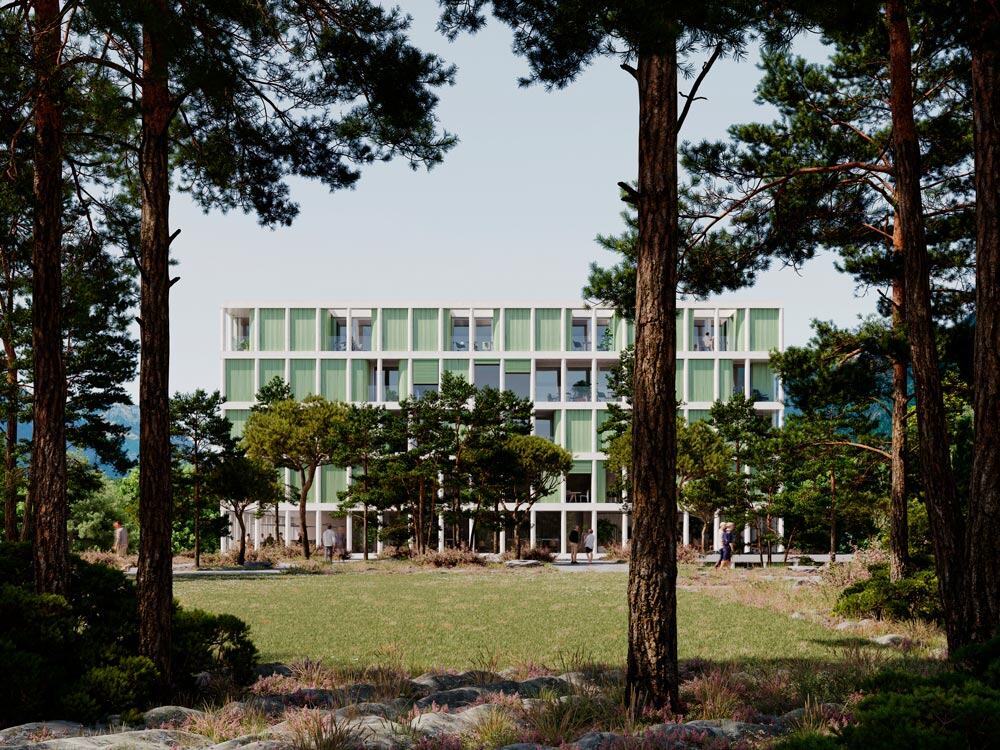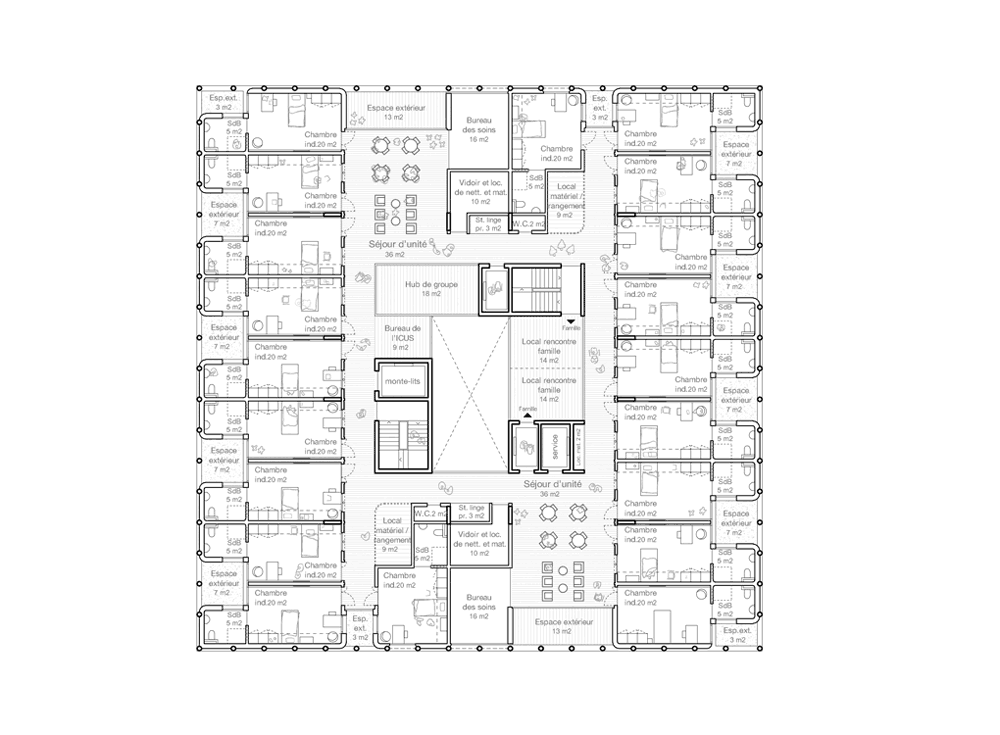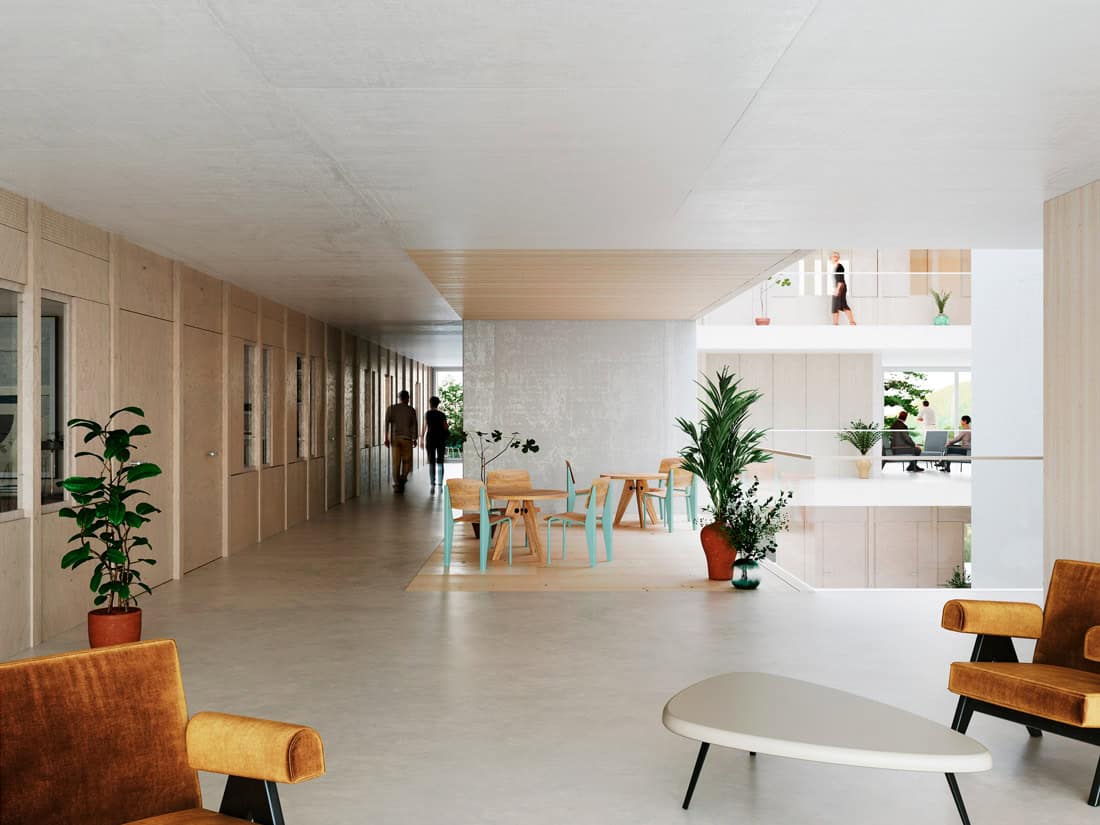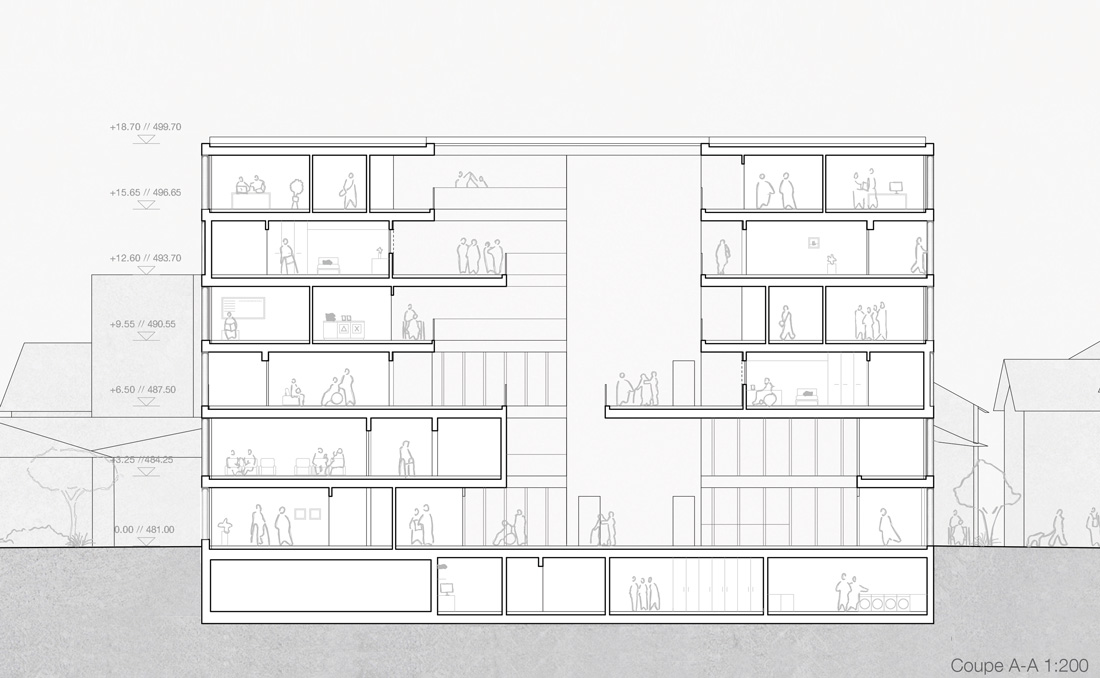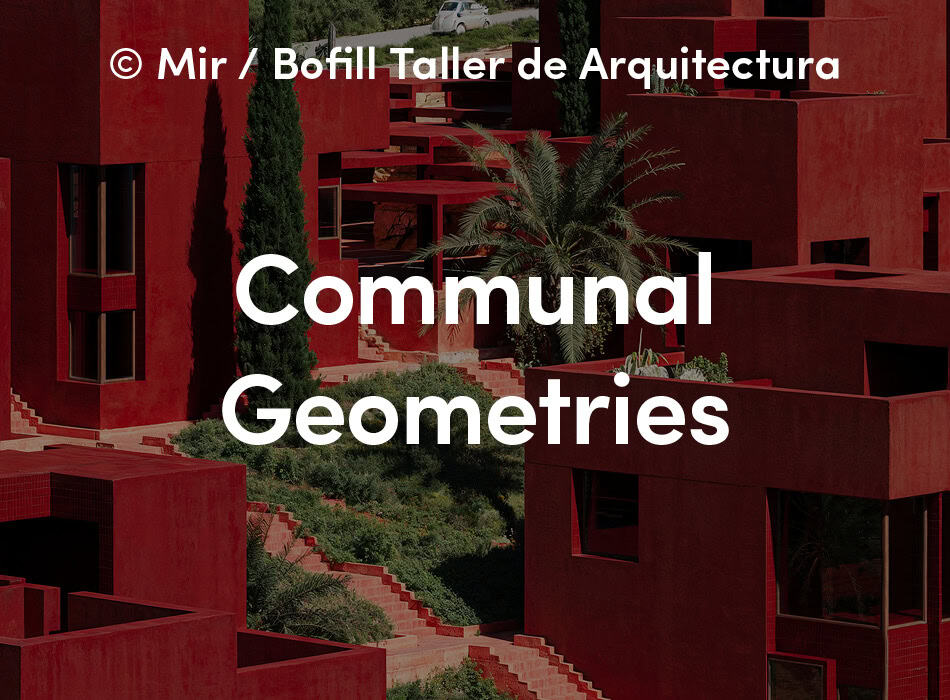The project deals with the question of senior housing, removed from the common misconceived references of either hotel or hospital, and instead imagined as a big home.
Situated on a large plot surrounded by scattered low-density housing and the existing retirement home (to be replaced by the new one), the project proposes a public park in addition to the main building as mutually indivisible components. The building’s massing is kept compact on the north-eastern corner, marking the boundary, while negotiating the change in level of the raised park and consolidating as much open space as possible. The access and distribution of the different circulations benefit from this condition (two ground floors), with the public and communal spaces linking directly with the different instances of the exterior.
 Internally, a central atrium connects all the floors with a shifting configuration, resulting from the rotation and mirroring of a typical floorplan on the top four stories, where the rooms and meeting spaces are contained. Through a continuous variation, the plans avoid an institutional feeling of stacking and repetition, while remaining modular and thus economical in terms of construction. The importance given to the communal life on these floors results in an inversion of the traditional position of the bathroom as a threshold between the entrance and the bedroom. Instead, there is a stronger link between hallways (“streets”) and bedrooms through internal shuttered windows and the bathrooms are associated with the private open spaces along the façades (“gardens”).
Internally, a central atrium connects all the floors with a shifting configuration, resulting from the rotation and mirroring of a typical floorplan on the top four stories, where the rooms and meeting spaces are contained. Through a continuous variation, the plans avoid an institutional feeling of stacking and repetition, while remaining modular and thus economical in terms of construction. The importance given to the communal life on these floors results in an inversion of the traditional position of the bathroom as a threshold between the entrance and the bedroom. Instead, there is a stronger link between hallways (“streets”) and bedrooms through internal shuttered windows and the bathrooms are associated with the private open spaces along the façades (“gardens”).
1 person = room
10 people = unit
100 people = community
Although the park is public, it is conceived as an extension of the program of the home. A series of different elements are juxtaposed in its patchwork: allotments, a sensory garden, playgrounds and a big lawn, also containing the parking area. The lower ground floor extends underneath the park and contains the protected areas, opening onto two landscaped courtyards, allowing the residents who are under special care to access the exterior without the need for the conventional elements of a protected enclosure.
Materially, the building is made from a pre-cast concrete frame and timber partitions/cladding, with composite slabs. The floors are finished in lacquered raw earth and the platforms that encircle the atrium are timber slabs, acknowledging their contingent role. The exoskeleton of round columns can be clearly read against the painted timber cladding of the rooms and the sequence of gardens, a different arrangement on each façade.





